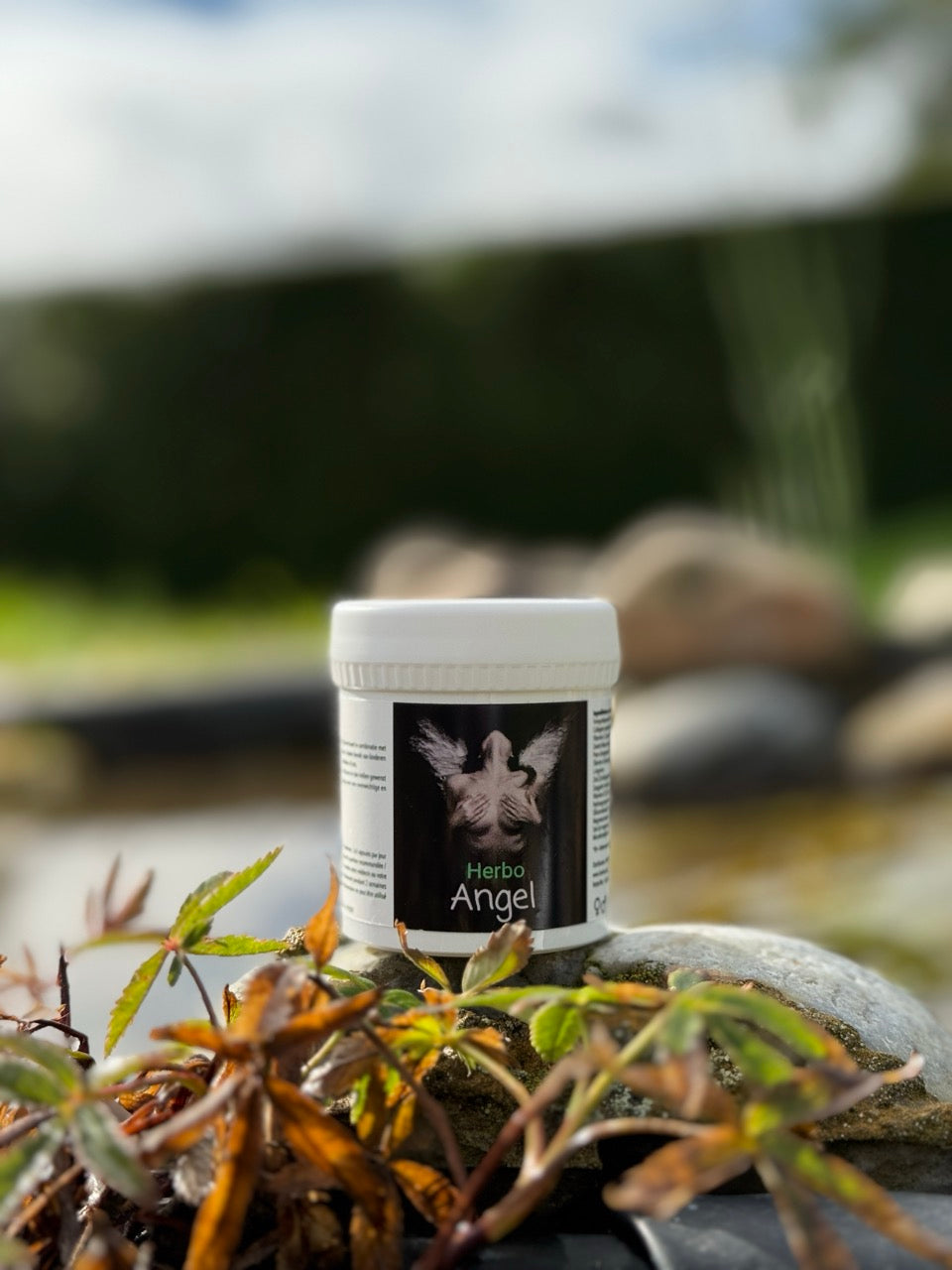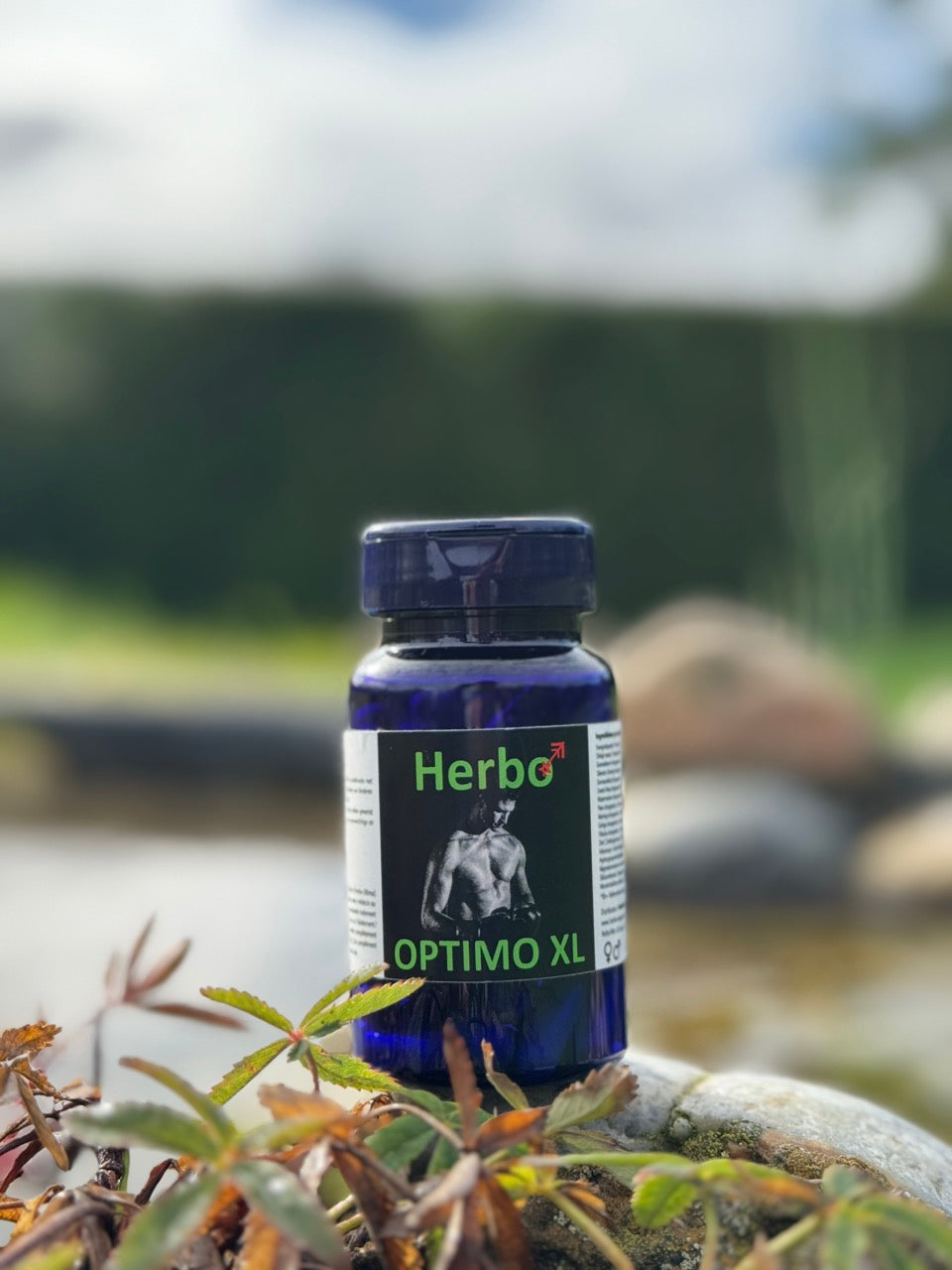Colanut
(Kolanoot)
Contents
- Description
- The legend of the cola nut
- Composition and calorie content of kola nut
- The benefits of kola nuts
- Effects on the body
- Damage and contraindications
- Coconut during cooking
- Other applications of kola nut
KOLANOOT - DESCRIPTION OF THE NUT. ADVANTAGES AND DISADVANTAGES FOR HEALTH
Description
Experts call the kola nut a relative of the cocoa beans, although these plants do not look very similar in appearance. Kola nuts are small (literally a few centimeters) seeds found in the fruits of the trees Cola nitida (Cola glossy) and Cola acuminata (Cola-pointed), which mainly grow in West Africa.
The kola nut amazed travelers from Europe who journeyed through the African continent with its unique properties, the fame of a plant capable of quickly restoring someone's strength, literally dissolving their fatigue and even suppressing persistent hunger, spreading worldwide. Merchants arriving on ships in Africa first tried to load a valuable nut into their hold, which had already become a fairly expensive food product in the 16th-17th centuries.
We also owe the kola nut to the fact that a carbonated drink appeared in the world that is known to almost all inhabitants of the earth - Coca-Cola. Admittedly, at the time it was invented by pharmacist John Pemberton, Coca-Cola did not resemble the foamy brown sweet liquid that now sits in bottles on supermarket shelves. In 1886, this drink was a mixture for toothache, chronic fatigue, and depression, and it sold rather slowly, but after the seller accidentally diluted kola nut syrup with sparkling water, the mixture became more popular among the population.
The legend of the cola nut
An old African legend says that one day God visited the earth. When he returned to heaven, the creator remembered that he had left a partially eaten kola nut behind. He came back and saw a man trying to finish this nut. God grabbed the man by the throat and made him spit out a nut. Since then, a Adam's apple appeared in the man's neck – the proof of the touch of a divine hand.
Cola (Latin cola) is an evergreen plant of the Malvaceae family, which includes many species. The most common are Cola acuminata, Cola nitida, Cola vera and Cola Ballayi, which are found in homeopathic medicines. Tinctures and extracts are made from them, which are used as a tonic for overwork and a number of central nervous system diseases.
Composition and calorie content of kola nut
The two main substances that give the nut its unusual properties are caffeine and theobromine. These are natural alkaloids that have a stimulating effect on the human body – they activate the heart's function, strengthen the nervous system, and dilate the bronchi and blood vessels. The amount of these substances in 100 g of nuts is impressive - 3.5% caffeine and 2% theobromine. That is 10 times more than a cup of instant coffee.
The ability of kola nuts to satisfy hunger is explained by their high nutritional value - 10.6% protein, 6.27% carbohydrates, and 2.5% fat per 100 g of product. The calorie content of the nuts is 150 kcal, which is roughly equivalent to 1 banana or a cooked chicken leg.
- Proteins, 7.90 g
- Fats, 0.10 g
- Carbohydrates, 5.20 g
The benefits of kola nuts
The kola nut is a natural energetic and brain-stimulating substance. It contains large amounts of caffeine and other natural compounds. When you eat a nut, you can not only recharge with energy but also relieve fatigue and suppress hunger. The kola nut is popular in Muslim countries where alcohol is prohibited, and the nut serves as a natural relaxing and stimulating agent for the nervous system.
In the production of some medicines, nut extract is used. These medicines are prescribed to combat increased fatigue in the elderly (calorizer). Cola nuts are also added to sweets, chocolate, and pastries. Based on this, energy drinks are produced. The use of cola nuts is recommended for people whose life or work involves increased physical, mental, or nervous stress.
Effects on the body
- Improves mood and acts as a stimulant of the central nervous system and as an antidepressant, stimulates and energizes, eliminating drowsiness, fatigue, and melancholy.
- Stimulates and improves the heartbeat.
- Suppresses appetite, numbs the feeling of hunger, promotes the burning of fats and carbohydrates in the body, and is therefore very successfully used for weight loss. It is often included in dietary supplements for weight loss. It is quite possible to do without lunch and dinner. Has a destructive effect on fat tissue.
- Leads to muscle relaxation and therefore has a calming effect.
- Helps relieve pain in asthma and bronchitis patients by increasing mucus production and clearing the airways.
- Helps in the treatment of migraine and headaches in patients.
- It is used as an aid in digestion, increases the level of stomach acid in the intestines, and helps with dysentery.
- Strengthens the brain; thoughts become clear. It stimulates concentration, improves the memory process, increases alertness and the physical capabilities of the human body – very important for people engaged in intellectual work, but also for schoolchildren or students preparing for exams.
- Explicitly stimulates the mind and can lead to a euphoric state.
- It is an antioxidant and diuretic.
- Promotes the elimination of toxins from the body after alcohol poisoning and alleviates withdrawal symptoms.
- Stimulates sexual desire and enhances potency, as the flavonoids in kola nuts improve microcirculation and blood flow to tissues.
- It has a beneficial effect on the work of muscles and the heart and gives them tone.
Damage and contraindications
However, do not think that just because kola nuts are a creation of nature, they are completely safe for us.
If you consume too much and therefore in excessive use, this causes insomnia, arrhythmia, and excessive excitement.
Coconut during cooking
Kola nuts are widely used in the confectionery industry; they are included in many types of baked goods, chocolate, and are consumed both fresh and dried. In the product's homeland, West Africa, the seeds of the cola tree are consumed fresh or dried. After the shell is removed, people chew the nucleus for as long as possible and then swallow the saliva, while the rest of the pulp is spat out. For someone unaccustomed, the taste of the nut can seem too bitter.
In this case, it is better to prepare "cola tea." Here is a simple drink recipe:
- Pour 2 cups of water into a pan, place it on the stove, and bring to a boil.
- Put 4-5 nuts in the pan and let it cook for 5 minutes.
- Remove from the heat and strain through a sieve.
- Let something cool down before use. One drinks half a glass once a day.
The bitter taste of the seeds adds a pleasant touch to complex drinks. In the Caribbean, a cocktail of rum, amaretto, raw egg, and candied cola is popular. In Europe, bars serve a non-alcoholic aperitif made from lemon, mango, and pear juice, spiced with turmeric and powdered kola nuts. This spicy powder is also used as a seasoning for hot dishes, where it is mixed with ground chili, smoked paprika, and dill seeds. American chefs add this mixture to fried chicken, fish, vegetable stew, and mayonnaise for sandwiches. As for the legendary drink "Coca-Cola," natural nuts are no longer used today; they have been replaced by artificial ingredients.
Other applications of kola nut
Natural polyphenols in the fruit of the Kola nitida-tree work as antioxidants – they activate blood circulation and improve the nutrition of skin cells. That is why kola nut extract is included in anti-aging face creams, toning lotions, and anti-cellulite products. Based on the walnut, they create shampoos against dandruff and hair loss, tonics for sensitive skin, and tanning products.
Athletes use the tonic note to increase endurance during training and achieve better results. The product is not doping – it is an officially recognized ingredient in sports drinks.
In addition, kola nut is a powerful aphrodisiac. Theobromine, a component of the nut, actively dilates blood vessels, allowing more blood to flow to the pelvic area. This increases male potency and sexual arousal in women.





